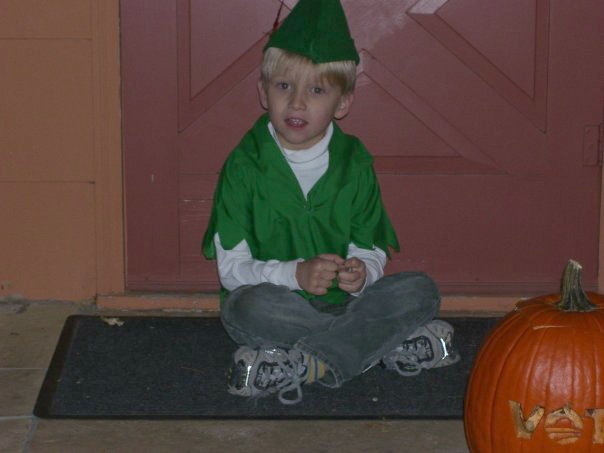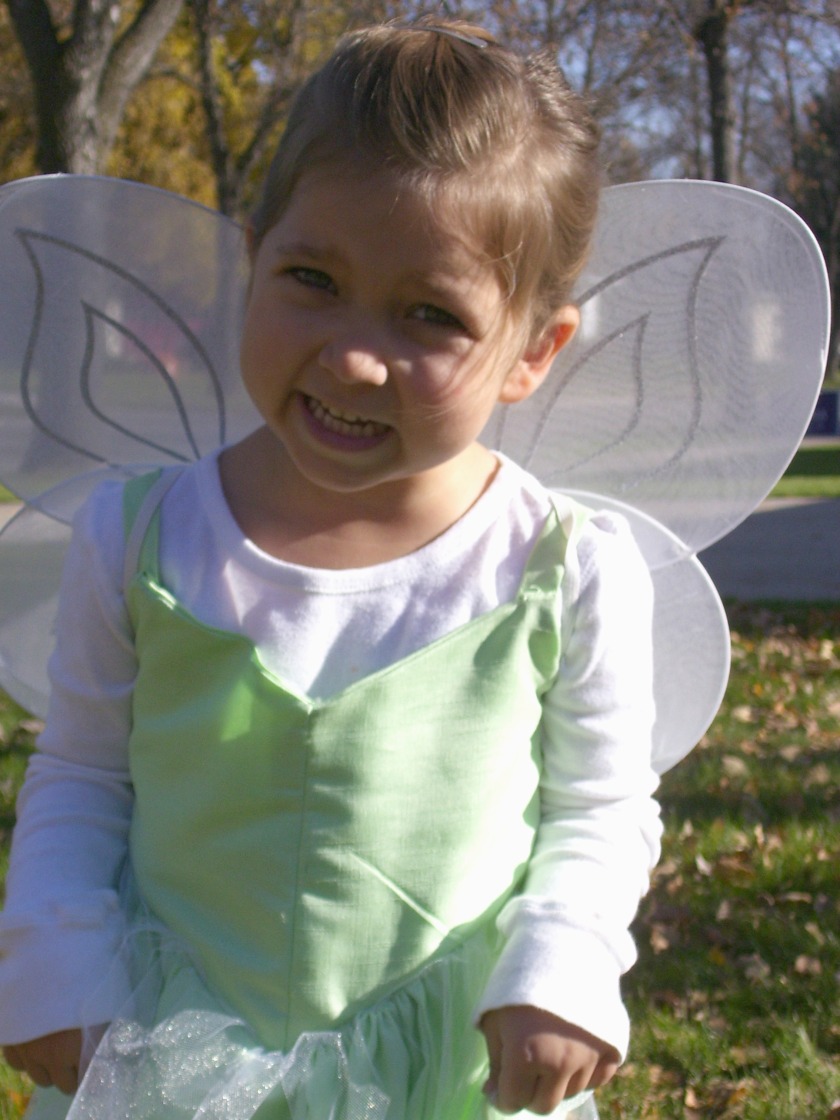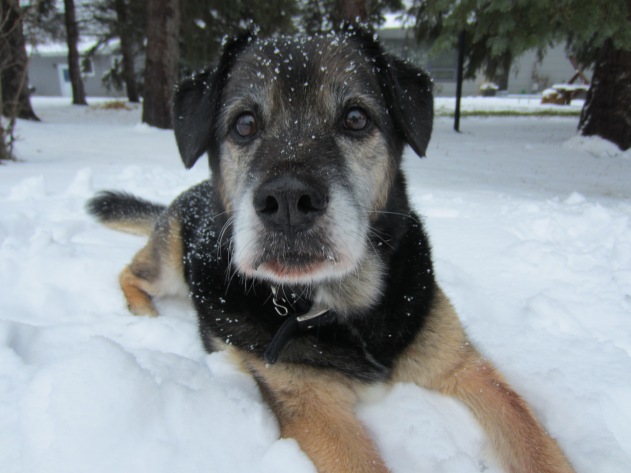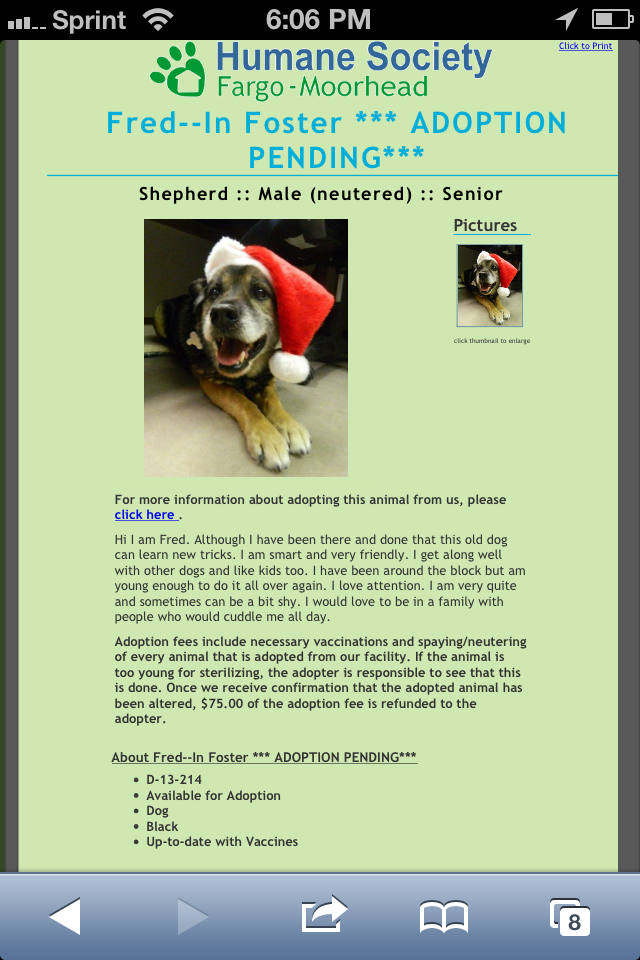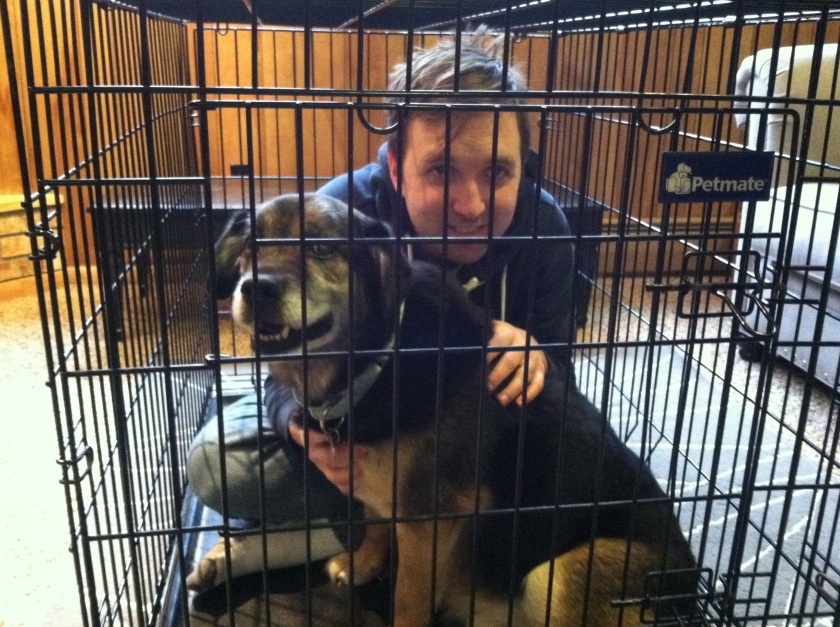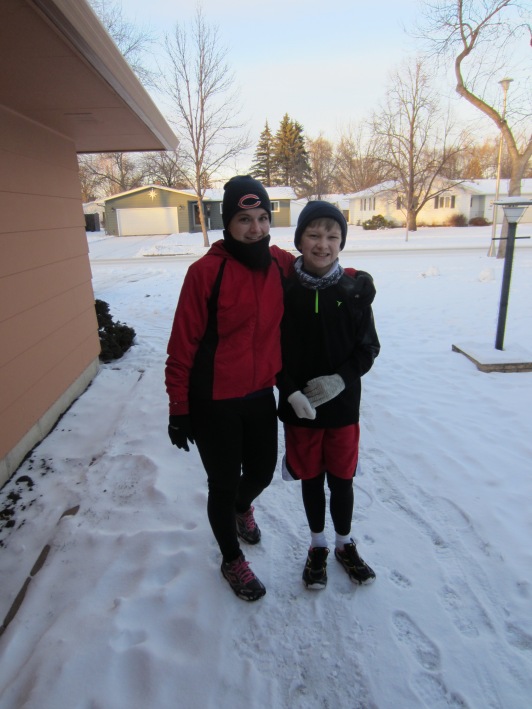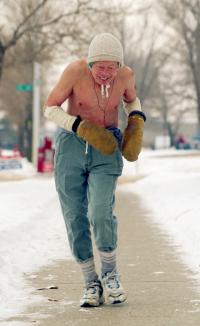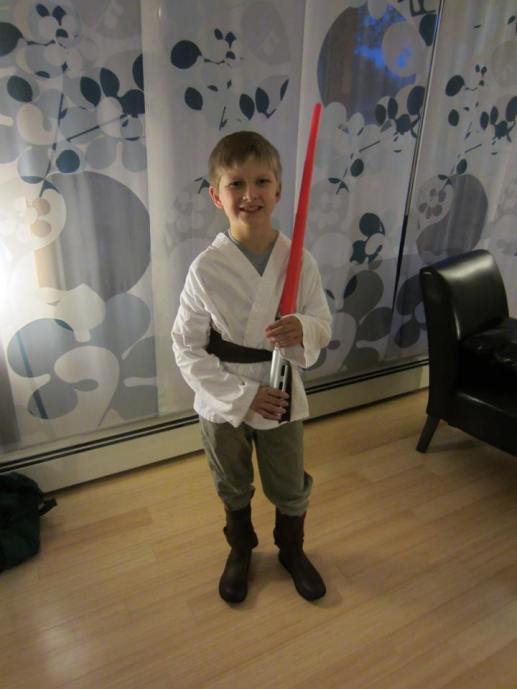
Sometimes I feel like I’m doing a dance, always trying to find connections with J’s world and our world. So he can participate in our world. So I can make sense of his world and make it a little better. One thing I’m constantly trying to expose him to is pop culture—so he knows what kids are talking about at school. It’s like being required to learn all that Greek Mythology in school before you can talk about literature in the upper English classes. If you don’t know the reference of “the Midas touch,” you have no idea what anyone’s talking about. If you don’t know who Darth Vader, Katniss, or Triss is, you’ll have a hard time connecting to the middle school world around you.
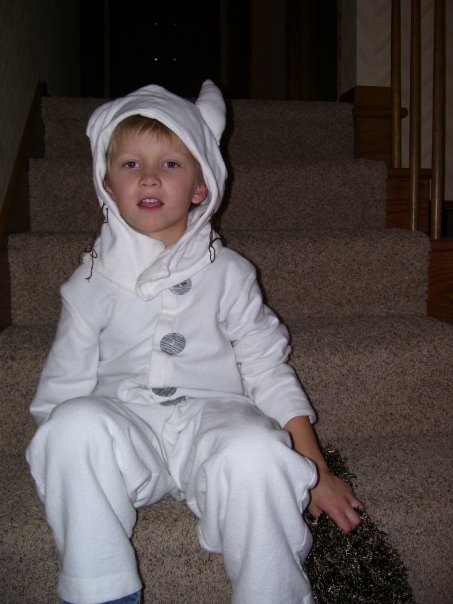
Sometimes those connections are so hard to make. Especially with music. J loves music, but every so often there are songs that just seem to destroy his life. I mentioned to my sister how much J hates Adele—like how “Someone Like You” throws him into some of the worst emotional meltdowns. My theory is that the pitch of her voice, the way she hits the notes sends his brain into an auditory fit. I imagine his sensory lines misfiring and the faulty processing—it’s why you’ll find him running out of Walmart screaming, or rocking huddled in a ball on the floor of the canned fruit section if “Someone Like You” is playing through the overhead speakers.
“I don’t know why but it’s her—it’s Adele.” I explain to my sister. “It’s her voice—he absolutely hates her voice. It’s so bad that as soon as the piano starts, he knows it’s coming. He’s in full meltdown mode.”
“You have to check out this story on NPR,” my sister tells me. “It’s from a few years ago. No joke—it’s about Adele. And it’s about ‘Someone Like You.’ It’s why, scientifically, people are drawn to her voice.”
So I checked out the story here. It’s called “Why some songs make you cry.” And it might be the reason why J cries tears of pain every time he hears it.
It was a revelation. (Seriously listen to the clip–it’s actually really fascinating).
Apparently there is a scientific reason why the masses are drawn to Adele. It’s because of her use of “appoggiatura.” That accented dissonance—that hanging between two notes that draws so much angst and emotion out of us, it’s that hang and release that makes it so satisfying. But for J it seems to be a holding pattern for anxiety—something that he’s afraid will never be resolved. It’s almost so much emotion he can’t handle it. A possible scientific explanation as to why J ends up on the floor in the fetal position with his ears covered when he hears that song. He just can’t handle the emotional dissonance.
He has other songs that are triggers for him. Ryan Adam’s “Desire” also ensues panic—my theory is that the harmonica with the exaggerated “appoggiatura” and the specific notes and range hits an auditory trigger that set him off. He has no problem with Ryan Adam’s cover of Taylor Swift’s “Bad Blood”—there’s no harmonica there. But at the same time, not all harmonicas seem to be bad. In Bob Dylan’s “Girl from the North Country”–the Freewheelin’ version–the harmonica is filled with appoggiatura. In fact I have to turn it down in the car when he blasts into his solo. But J is just fine with it. Maybe it’s the soprano range he has a problem with. Or full, forcefull singing. A combination of both?
When we had J’s hearing tested at 18 months I told the clinician that J could hear perfectly fine. “It’s not necessarily whether he can hear or not,” she explained, “it’s how he’s hearing frequencies that we’re measuring.”
Maybe there are some frequencies he’s just not processing like the rest of us. I wish I had a PhD in audiology and the resources to test it. To see if my theories are right.
The problem with the processing issues becomes more complicated when you add anxiety to the mix. “Someone Like You” has tainted Adele—the performer—for J. When “Rolling in the Deep” came out, he was initially okay with it—not his favourite, but he wasn’t scrambling to get out of the car if it was on. But because he’s made the connection that the two songs are by the same artist, he now has to find something wrong with “Rolling in the Deep.” Now he’s decided that “Rolling in the Deep” is “tainted” too—because it has the word fever, which in turn taints other things. Now he’s decided that words that start with “f” and “r” are tainted words. Which means Taylor Swift’s “Blank Space” is a problem too.
“Why?” I ask him, “You love Taylor Swift.”
“Because I don’t like the word “forever.”
You know, because of “f” and “r.”
“It’s a bad word,” he says to me with 100% conviction.
You can see how the anxiety can spiral out of control. All because of Adele.
I know it sounds crazy at first, but there really seems to be a method to this madness. You just have to be around it enough times. You always have to be observing it. And then you’ll see it.
So when “Hello” came out a few months ago, I knew we were going to have problems. “Hello” is everywhere. It’s sometimes on two different stations at the same time. SNL made a skit of it. So did the Muppets. In the car, at the grocery store, in the lobby. “Hello” is EVERYWHERE. And so when J heard in the car for the very first time, I debated changing the station—but I stopped. I needed to see how bad of a reaction this would trigger.
“What song is this?” J asked from the back street, a little anxious.
“I don’t know,” I said, playing dumb. “They sing ‘hello’ a lot. Maybe it’s called ‘hello.’”
“Hm,” he says in the back seat. “Is this Adele? It sounds like Adele.”
“I don’t know if it’s Adele. Let’s keep listening.” I lied. Straight through my teeth. But I was wondering—hoping—we could get through this song. Because we needed to. Because if we couldn’t acclimate him to “Hello” our lives were going to be hell for the next year or more. “Hello” isn’t going away anytime soon.
But “Hello” doesn’t have the same wailing, wanting quality as “Someone Like You.” It’s more of a “Hey, I want your attention. Can you hear me?” quality to it.
“Is this Adele?” he asked even more panicked.
“I don’t know. Do you like this? Is this an okay song?”
There was silence in the backseat. I could hear some deep breathing, trying to calm himself down. I could tell he was trying to figure out all the things his brain was processing.
We made it through the song. I didn’t tell him it was Adele. It took about five more times on the radio for me to finally muster up the courage to tell him the truth—which he ended up being okay with. Because he was able to be conditioned to hear the song without any preconceived anxieties attached to it.
To say that it’s a relief would be an understatement. For some reason, he’s able to process her “appoggiatura” better in “Hello.” The range seems to be right. The sounds aren’t so offensive in his brain. It’s a good thing too—because the most recent time we heard “Hello” on the radio, J happily said, “Mom, we’re singing that song in choir.” I know they play top 40 songs all the time in Art when the kids are working on their projects. And I know “Hello” makes it through the rounds.
Music, pop culture, can be nasty traps for autistic kids. Stuck somewhere they can’t understand, or stuck somewhere they literally can’t process—where music can actually be painful inside their heads. It’s so frustrating to me sometimes—because when people see him taking a panic attack over a song they just see the meltdown and us trying to coax him through it. I’m sure they think, “What’s his problem? It’s just a song.” I don’t have the time to explain to them in 1,000 words or less my scientific theories as to why it’s happening. That being the outsider he has to adapt and regulate everything he is to co-exist.
Here are some more interesting ways that music isn’t just something we experience—that it’s something our brain develops very specific responses to, just like other stimuli. In case you didn’t realize how much music messes with your head 😉
